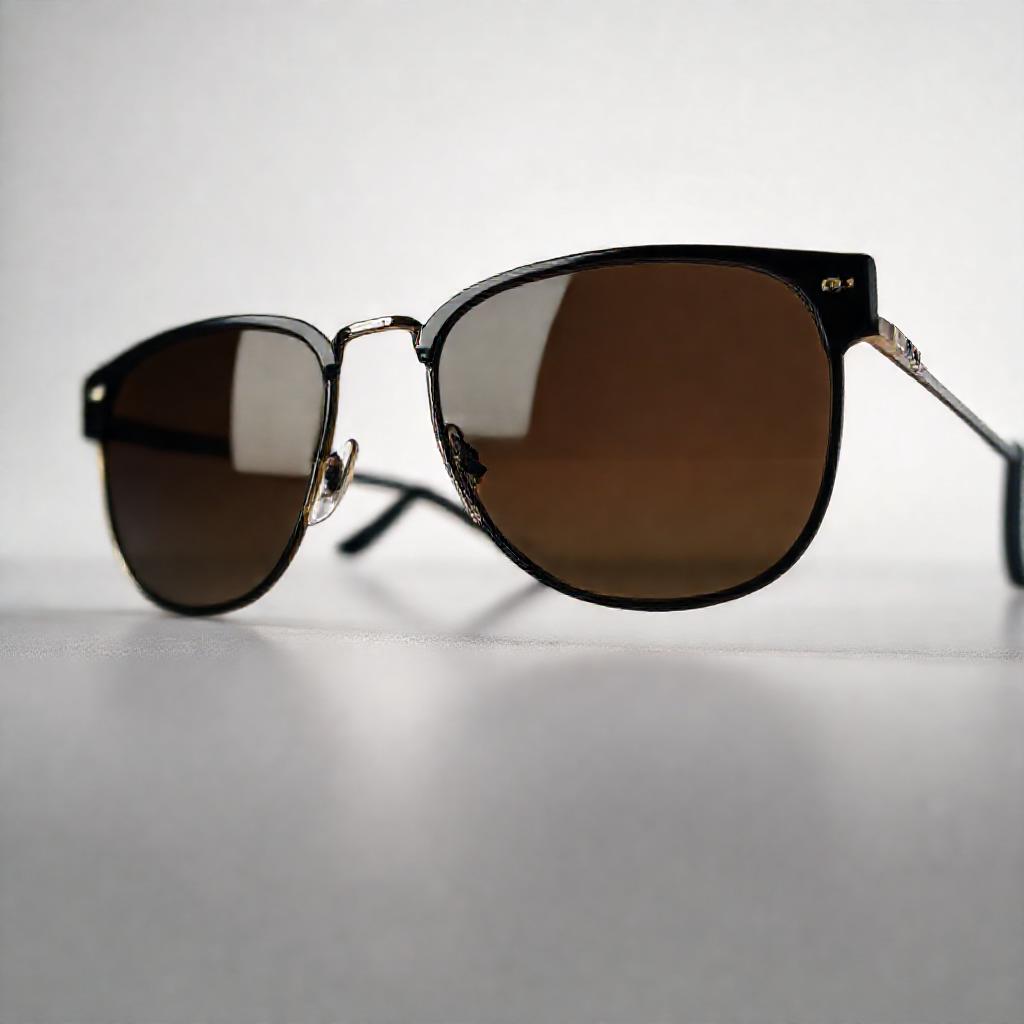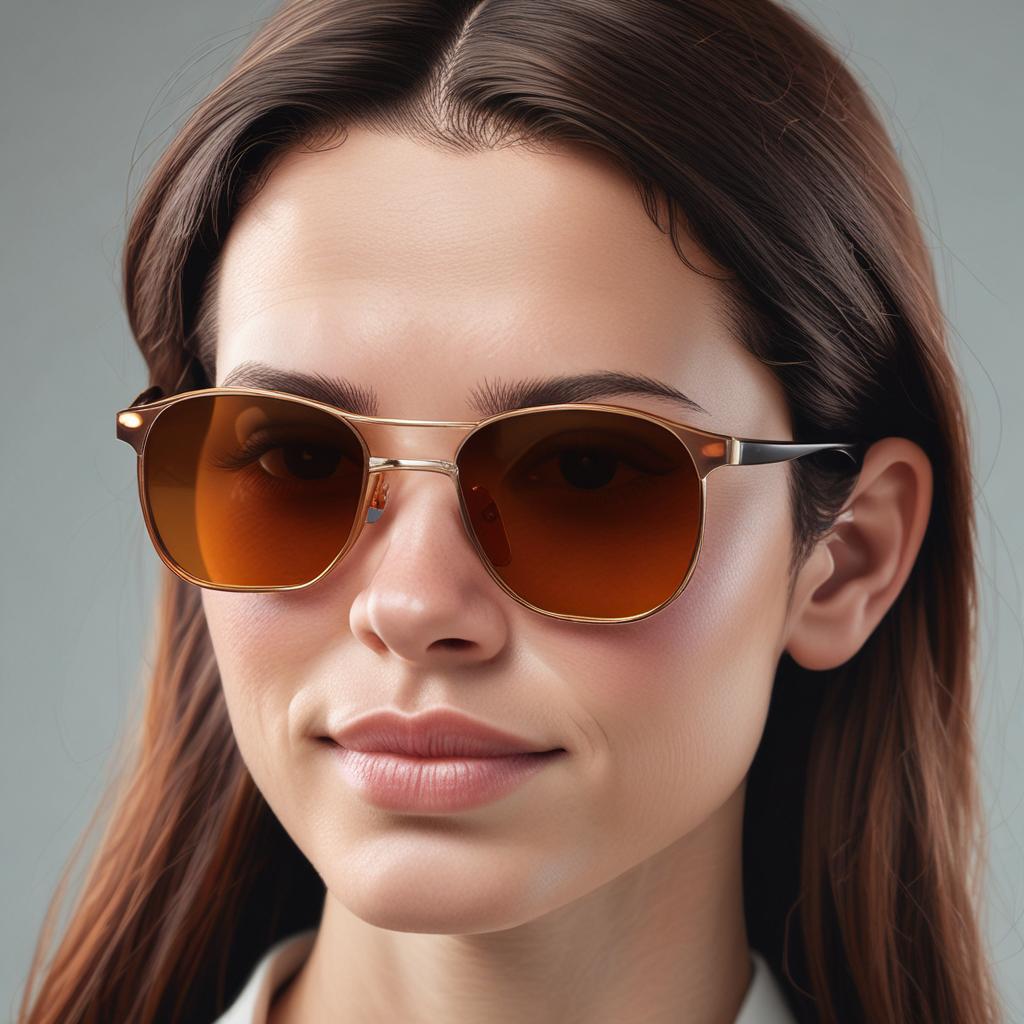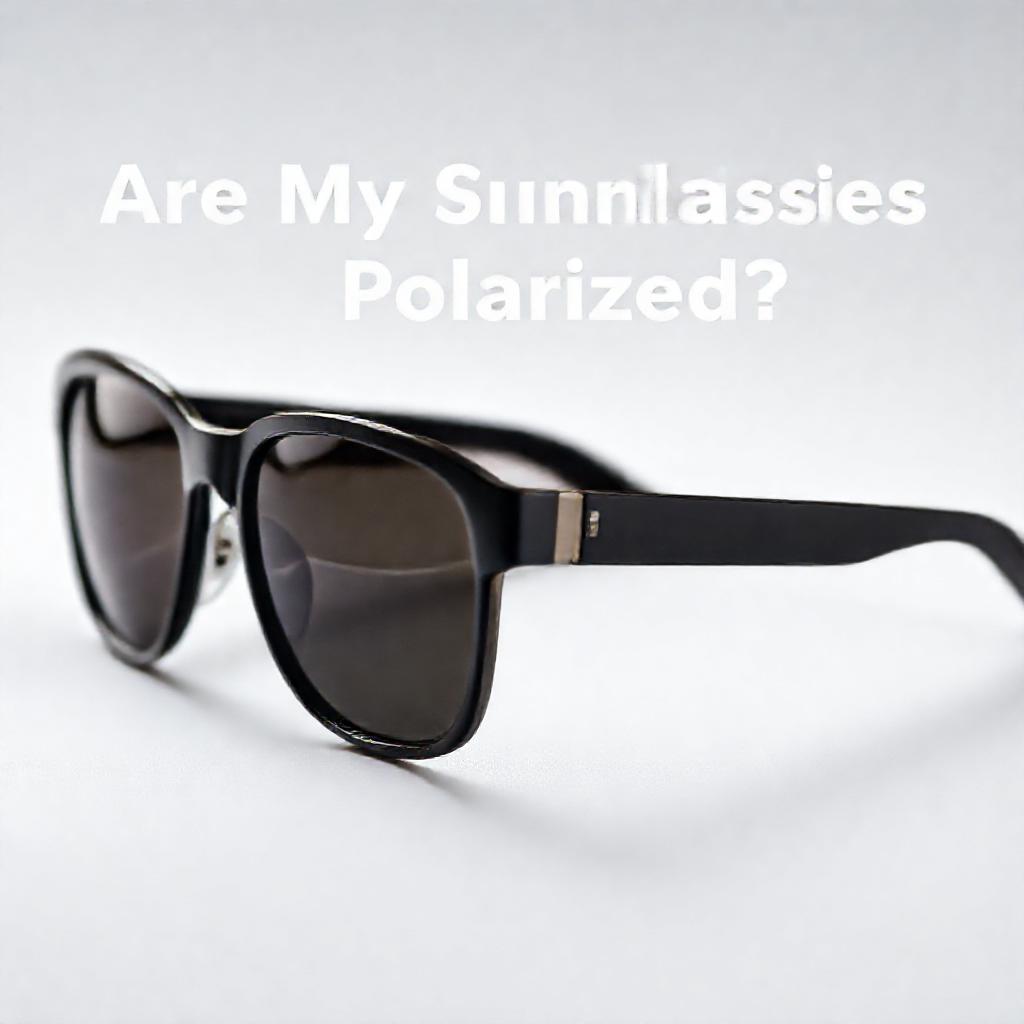Are My Sunglasses Polarized

Ever squinted behind your sunglasses on a sunny day, wondering why the glare still bothers your eyes? The culprit might be that your sunglasses aren’t polarized. Polarized lenses are designed to eliminate glare from reflective surfaces like water, roads, and snow, making them a game-changer for outdoor activities. But how do you know if your sunglasses are polarized? This guide will walk you through simple tests, debunk common myths, and help you choose the right pair for your needs.

What Are Polarized Sunglasses?
Definition and Key Features
Polarized sunglasses contain a special filter that blocks horizontal light waves, which are the primary cause of glare. Unlike regular lenses that simply darken light, polarized lenses enhance clarity by reducing distracting reflections. This technology is especially useful in bright conditions where glare can impair vision.
Benefits of Polarized Sunglasses
Here’s why polarized lenses are worth considering:
- Improved Vision: They cut through glare, making driving, fishing, and skiing safer and more enjoyable.
- Reduced Eye Strain: By minimizing harsh reflections, they help prevent fatigue during prolonged outdoor exposure.
- Enhanced Contrast: Colors appear more vibrant, and details become sharper, especially near water or snow.
How to Tell If Your Sunglasses Are Polarized
The Polarized Test Method
To check if your sunglasses are polarized, follow these steps:
- Hold your sunglasses at a 60-degree angle to a reflective surface, like a car window or a phone screen.
- Slowly tilt them forward. If the reflection disappears or dims significantly, the lenses are polarized.
Checking the Label or Documentation
Most polarized sunglasses include a label or engraving indicating polarization. Look for terms like “Polarized,” “Polarized Lenses,” or the “P” symbol on the inner frame or lens.
Visual and Functional Signs
Polarized lenses often provide noticeably clearer vision in bright, reflective environments. If you frequently struggle with glare, your sunglasses may not be polarized.
Key Features
Polarization Test
Check for glare reduction using the LCD screen test
Available
Lens Material
Verify if lenses are made of polarized materials like polycarbonate
Available
Polarized Label
Look for manufacturer labels indicating polarization
Available
Light Reflection Test
Observe if reflections are minimized when viewing reflective surfaces
Available
UV Protection
Ensure polarized lenses also block harmful UV rays
Limited
Feature overview for Are My Sunglasses Polarized
Common Misconceptions About Polarized Sunglasses
Polarized vs. Tinted Sunglasses
Tinted lenses only darken light without reducing glare. Polarized lenses actively filter light, offering superior clarity and comfort in sunny conditions.

Do Polarized Sunglasses Work in All Lighting Conditions?
They’re most effective in bright, sunny environments. However, they may not be ideal for low-light situations, as they can darken your vision too much.
Are Polarized Sunglasses Worth the Cost?
While they’re pricier than non-polarized options, the comfort and clarity they provide—especially for drivers and outdoor enthusiasts—justify the investment.
When Should You Use Polarized Sunglasses?
Best Situations for Polarized Lenses
- Driving: Reduces glare from wet roads and other vehicles.
- Water Activities: Eliminates reflections from the water’s surface.
- Winter Sports: Improves visibility on snow-covered slopes.
When Non-Polarized Sunglasses Are Better
Pilots and those using LCD screens (like pilots or sailors) may prefer non-polarized lenses, as polarized ones can interfere with display readability.
How to Choose the Right Polarized Sunglasses
Key Factors to Consider
Look for lenses with:
- 100% UV protection.
- Durable materials (polycarbonate, CR-39, or glass).
- A comfortable, secure fit.
Top Brands and Recommendations
Brands like Ray-Ban, Oakley, and Maui Jim offer high-quality polarized options. For budget-friendly choices, consider brands like Goodr or Quay.
Conclusion
Knowing whether your sunglasses are polarized can make a world of difference in comfort and safety. By performing a quick test or checking the label, you can ensure your eyewear is up to the task. Whether you’re driving, fishing, or just enjoying a sunny day, polarized lenses can enhance your experience—and your vision. So go ahead, test your shades, and see the difference for yourself!
FAQ Section
Do all sunglasses come with polarization?
No, not all sunglasses are polarized. Many affordable options lack this feature, so always check the label or perform the tilt test.
Can polarized sunglasses be used with a phone or computer screen?
Yes, but they may cause blackouts or distortions on LCD screens. Tilt your head or adjust the angle to restore visibility.
How do I prevent scratches on polarized lenses?
Store them in a protective case and clean them with a microfiber cloth and lens cleaner—not paper towels or household cleaners.
Are polarized sunglasses safe for night driving?
No, they can darken your vision too much. Use non-polarized or clear night driving glasses instead.
What’s the difference between polarized and photochromic lenses?
Photochromic lenses darken in sunlight but don’t reduce glare. Polarized lenses, however, specifically eliminate glare while maintaining consistent darkness.
